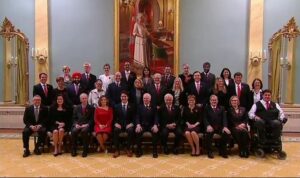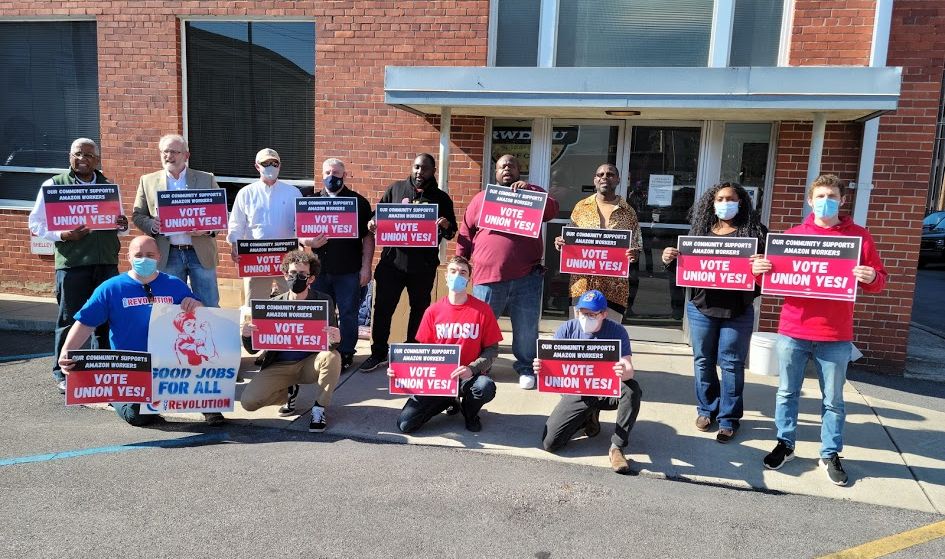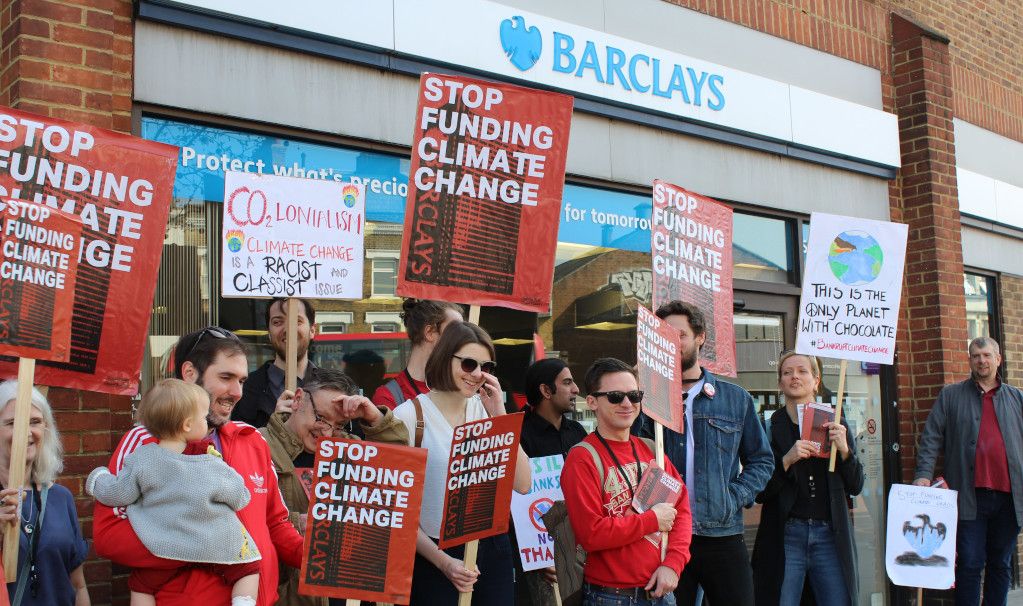 This is a revised version of an article first published in Pakistan.
This is a revised version of an article first published in Pakistan.
Justin Trudeau’s appointment as Canada’s new prime minister has generated an incredible response from the global community. Whether it’s his photogenic good looks, his demeanour as the down-to-earth friend of the people or his no-austerity promises, Trudeau has not only given Canadian society a whiff of optimism, he has made headlines the world over.
As someone who apparently can do no wrong at the moment, his decision to appoint a cabinet divided equally between men and women has only added admiration for him. When asked the reason giving half of the spots within his cabinet to women, he remarked, “Because it’s 2015!” The statement has already caught on like wildfire.
I witnessed people breathing a sigh of relief when Stephen Harper’s toxic tenure came to an end. While the recent optimism and wave of positivity sweeping Canada is understandable, at the same time, it is important to look deeper into issues and not take them at face value alone – Trudeau’s cabinet appointment is one such issue.
Is having a cabinet equally divided between men and women really as big an accomplishment as believed? Is it really as big a kick to sexism globally as imagined?
For starters, a woman would not feel like her perspective is reflected in a cabinet that is all or mostly male. It is long overdue for women to have an equal voice at decision making tables as men – whether government, unions or business. The appointment is symbolically important and does signal the importance of women’s issues. Having a cabinet that is more representative of the population at large gives some measure of hope. That being said, representational politics has limits and it does not necessarily follow that women’s equality in the society at large will suddenly happen. Equal voices at a table, on its own, does not necessarily translate into actions to tackle the still widespread and deep-seated inequality in society. So what, then, does it take to tackle inequality?
Trudeau is a proponent of liberal feminism, the ideology common in mainstream discussions among feminists. Liberal feminism does not address the root causes of women’s oppression in society. In order to examine the causes and historical impact of this oppression and move towards a society where women are well and truly equal to men, one needs more than this – one needs socialist feminism.
Liberal feminism advocates legal and political reform, in order to change and alter laws that prevent equality. While this is important, its version of feminism addresses mainly the interests of the middle and upper class of society. Examples in support of feminism, depending on which part of the world you come from, range from Bollywood movie stars as Priyanka Chopra being vocal about her personal choices, to Hillary Clinton attempting to become the first woman to be elected President in the United States. All well and good on the surface and gathering enough media attention to keep the ruling class satisfied, but what about the power of feminism that resonates in the working class?
The idea that equality can be achieved by promoting a few women into positions of power and educating men not to be sexist is not what will put an end to oppression. This view promotes and accepts the idea that there are always going to be poor women, and more female political leaders, social workers and movie stars need to be empowered. Nothing could be further than the truth.
In order to truly eradicate the cancer of sexism, feminist movements need to rise from bottom, not from the top. More Hillary Clintons and Benazir Bhuttos will always make headlines, but if electing a woman into political office is all it takes to eradicate sexism, should one also celebrate staunch conservatives like Margaret Thatcher and Angela Merkel? If obtaining media limelight is all it takes to promote feminism, should one also celebrate the two-faced Mother Teresa?
Feminism is not about fighting for political and legal equality alone. It is about shaking the roots of society from the very core, and that is not dependent on fighting for political office, gathering media attention and tons of other capitalist smokescreens. But this is where liberal feminism, the dominant version of modern day feminism, displays the shallowness of its approach.
The true face of feminism is reflected by women such as the brilliant Syeda Ghulam Fatima, Rosa Luxemburg and Helen Keller, and countless others who stood up not because it made sense from a media or PR perspective, but because they fought against oppression and class boundaries.
For movements to build and sustain, a class appeal to women, men and society at large is imperative. Socialist feminism explains how women’s oppression is a tool of the ruling elite to maintain their profits and control of society. Socialism takes class conflict into consideration, by identifying sexism as a means of providing cheap labour and fostering divide-and-rule under capitalism.
Justin Trudeau’s political moves, commendable on the surface, but limited upon serious reflection, need substantially more in order to fight for true liberation for women and society as a whole. Appointing a cabinet that consists of an equal number of men and women will turn heads in the media and make headlines for the moment. What is needed is a serious look at the roots of women’s oppression, that stem from our oppressive class system.



